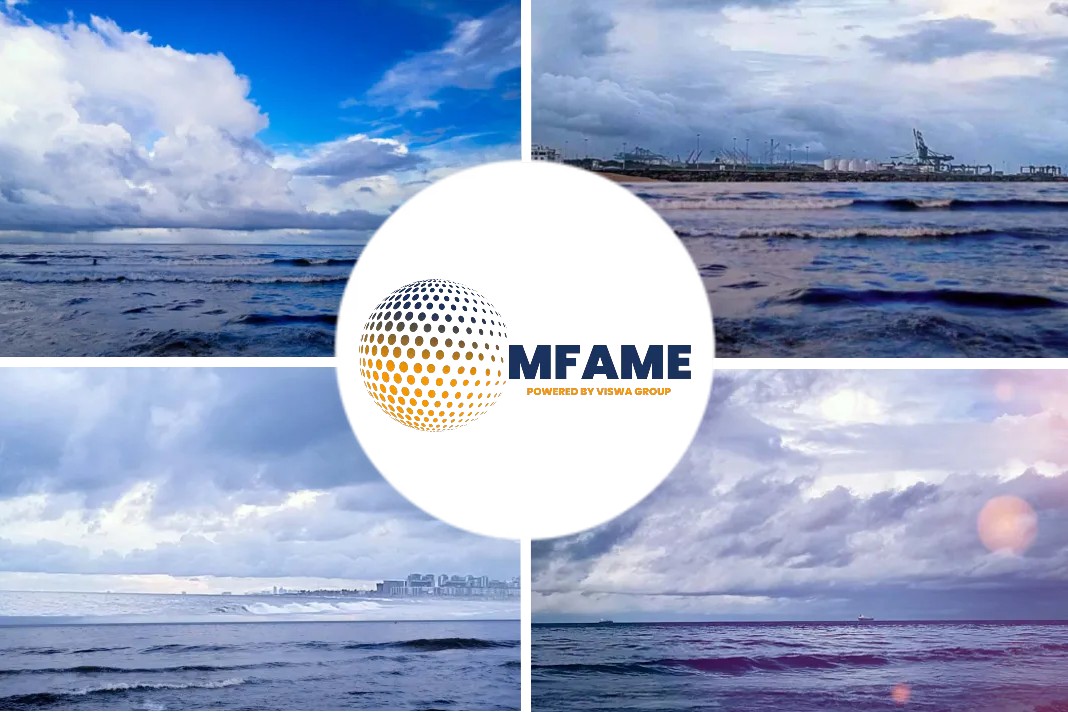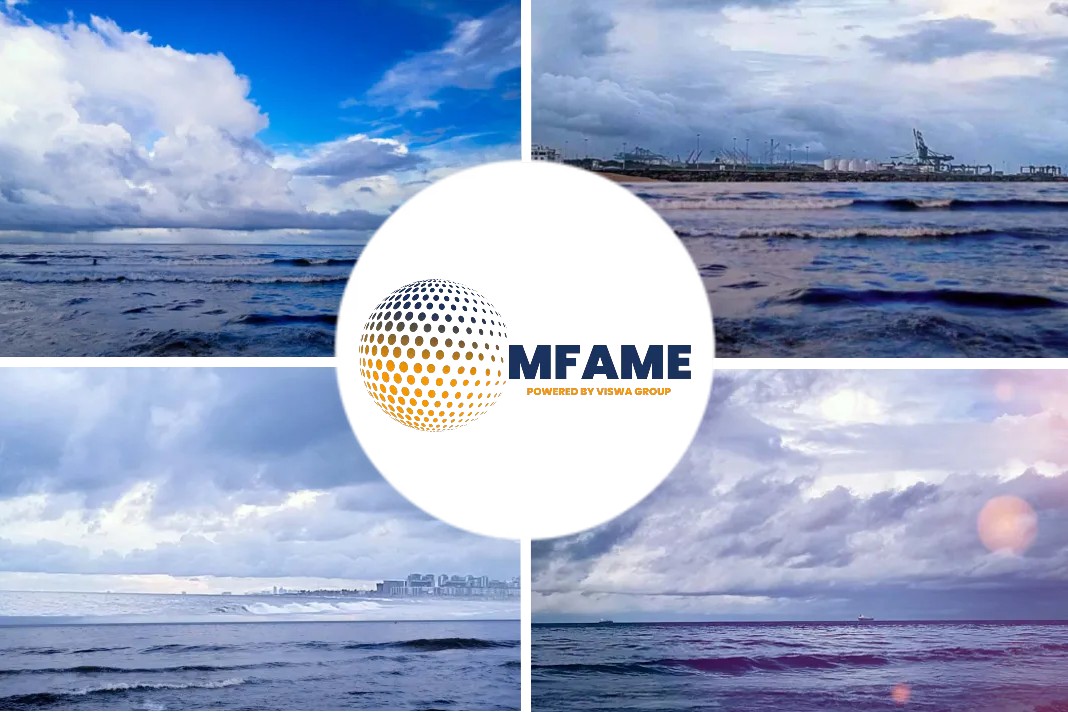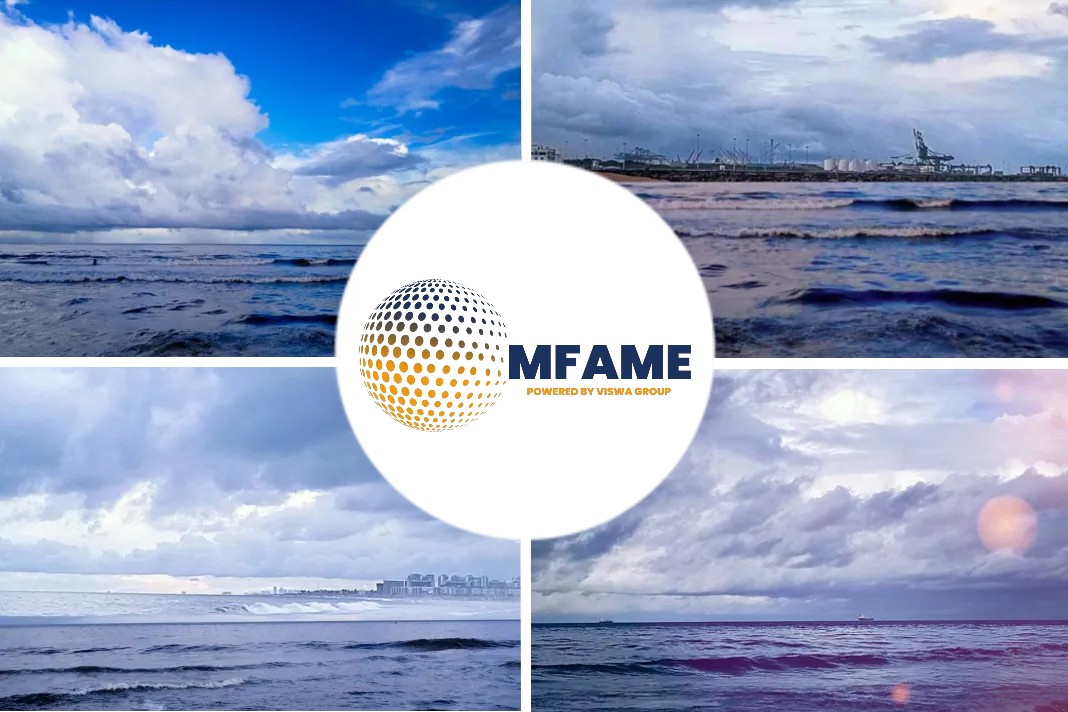- Shipping stocks once again wallow in a sea of red, with yet another plunge due to COVID-19.
- Market caps remain minuscule, more offerings are being done by penny stocks.
- Reverse stock splits are increasingly common and equities are being driven by retail.
- Capesize spot rates have jumped from lows of around $2,000 to nearly $30,000 per day.
- Seanergy’s share price shot up from 19 cents to 37 cents during the recent trading flurry.
- Larger U.S.-listed owners have sold almost no equity capital this year.
According to an article published in Freightwaves and published by Greg Miller, a decade after the Great Recession, shipping stocks once again wallow in a sea of red, with yet another plunge on Friday due to coronavirus fears.
A sense of deja vu
There’s a sense of deja vu, not just because there’s another global crisis, but because there has been so little evolution in the public shipping space over the past 10 years. Shipowners on Wall Street were supposed to mature into the kind of blue-chip, consolidated, corporate, creditworthy, non-conflicted investment vehicles that are covered by the long-only funds of Boston and New York.
It never happened. Market caps remain minuscule, more offerings are being done by penny stocks, reverse stock splits are increasingly common and equities are being driven by the “retail bros,” not the “suits.”
Rise of retail interest
Nordic American Tankers CEO Herbjorn Hansson appeared on Jim Cramer’s CNBC show Mad Money on April 24. On April 26, around $900 million in NAT shares traded hands (NAT’s market cap is around $600 million). NAT’s shares doubled in the month of April, and analysis by investment bank Evercore ISI showed that NAT shares were, to a large extent, traded on the Robinhood retail platform.
The spotlight has now turned to Seanergy, a penny-stock owner of Capesize bulkers (dry bulk vessels with a capacity of around 180,000 deadweight tons).
On one hand, Capesize spot rates have jumped from lows of around $2,000 to nearly $30,000 per day and Seanergy is heavily spot-exposed. On the other, management confirmed on Friday’s quarterly call that a refinancing deal had yet to be finalized on $29 million in debt maturing this month, and CEO Stamatis Tsantanis would not provide guidance on the second quarter — even though it’s almost over.
Now-infamous day trader Dave Portnoy tweeted on Tuesday that he had bought Seanergy because he liked cruise stocks, wanted all ship stocks and Seanergy’s ticker was “SHIP,” even though he didn’t know anything about the company. Around $170 million worth of Seanergy shares traded hands that day, well above the company’s market cap. A total of 629 million shares were traded, the highest number of any NASDAQ stock that day.
Seanergy’s share price shot up from 19 cents to 37 cents during the recent trading flurry, an increase of 95%, and fell 39% Friday, closing at 17 cents, below where it started its run.
Penny-stock equity raises
Larger U.S.-listed owners have sold almost no equity capital this year because shares are trading well below NAV (net asset value, the market-adjusted value of fleets, plus cash, minus debt, and other liabilities). Selling equity at a steep discount to NAV dilutes existing shareholders.
Most of the 2020 deals have been done by Greek penny-stock shipowners selling to small institutional funds. Seanergy raised $30.1 million in a series of sales of shares and warrants between April 1 and May 7. Tsantanis confirmed that virtually all of the warrants have already been exercised to purchase common shares.
According to securities filings, buyers were funds of Empery Asset Management, Hudson Bay Capital Management, Intracoastal Capital, L1 Capital, and Sabby Management. Warrants allowed shares to be purchased for 12 cents. The fund managers who bought the warrants must have been ecstatic about Portnoy’s tweet, after which the share price rose to triple the warrant exercise price less than a month after the exercise date.
Share value rises
The Maxim Group handled the placements for Seanergy, as well as penny-stock money, raises for dry bulk owners Globus Maritime and Castor Maritime, and tanker owner Top Ships.
Globus closed an offering of shares last Monday priced at 35 cents (plus warrants), raising $12 million. On Friday, Globus announced a registered direct offering (RDO) — an offering with predetermined investors — to raise $12.4 million through the sale of shares priced at 37 cents (plus warrants). Securities filings show that recent buyers include Heights Capital and L1 Capital (which also bought the Seanergy warrants).
On Wednesday, Top Ships priced an RDO to raise $20 million via the sale of shares priced at 12 cents. Prior to that, it had raised $87.5 million since the beginning of the year through 11 offerings (primarily RDOs).
On Friday, dry bulk owner Castor Maritime closed an offering that raised $20.7 million through the sale of shares and warrants priced at 35 cents.
Altogether, U.S.-listed shipping penny stocks trading below 50 cents per share have raised, priced, or announced offerings with aggregate gross proceeds of $182.7 million so far this year.
‘Highly dilutive’ offering
Outside of the penny-stock realm, the biggest offering this year was by Scorpio Bulkers, which grossed $75.7 million via the sale of common shares on June 9. Jefferies analyst Randy Giveans described the transaction as “highly dilutive, increasing the share count by 55-65% at less than 60% of NAV.” He downgraded the stock from “buy” to “hold.”
The case of Scorpio Bulkers highlights one of the reasons larger long-only institutional funds have shunned shipping stocks: These public companies have frequently destroyed equity value over longer stretches of time.
Scorpio Bulkers went public in December 2013. FreightWaves added up all of the gross proceeds from the company’s offerings, then subtracted all of the dividend payments and share repurchases to calculate the net amount common-equity investors have put into the company. Then FreightWaves compared that number to the current market cap (shares outstanding multiplied by share price) to estimate equity value destruction/creation.
Scorpio Bulkers has raised gross proceeds of $720.5 million from equity sales, paid out $32.3 million in dividends and bought back $56.7 million in stock. Thus, stock investors have put in $631.5 million net. As of Friday, Scorpio Bulkers’ market capitalization was $180.4 million, meaning that the company has destroyed $451.1 million in equity value since its inception.
Why are shipowners public?
Of course, that equation only makes sense if you buy and hold from the beginning. How many investors actually do that? The answer is that there’s one kind in particular: founders.
Given commonplace equity-value destruction, why would founders go public? One of the answers is: They get value out of the public company through personal compensation as well as through related-party deals with their private companies. Related-party transactions include fees to founder-owned commercial and technical management companies employed by the public entity, private debt offered to the public entity, and ship transactions in return for cash or equity.
Carlos Di Mottola, CFO of Milan-listed product-tanker owner D’Amico International Shipping, told FreightWaves in an interview last October that some U.S.-listed shipping companies “don’t care as much about the share price, because for them the important thing is the management fees.”
Focus on ancillary benefits
If a shipowner’s focus is more on ancillary benefits than share price — and more on overall income from all of the private arms as well as the public arm — then being public offers the ability to sell equity at the bottom of the cycle, which allows the benefits from the public entity to continue to flow to the private sponsor on a through-cycle basis.
Deutsche Bank analyst Amit Mehrotra said during an interview in May, “If you’re a company that has completely mismanaged its business from a capital perspective, then because the shipping market is volatile, every couple of years you will find yourself between a rock and a hard place and having a public listing is quite useful in pulling that lever to raise quick financing at the expense of all the existing shareholders. There’s an incredibly long list of examples of that — I don’t have to mention those names. They’re obvious.”
Hamish Norton, president of Star Bulk, commented during a Marine Money virtual forum on June 16, “One has seen so many situations in shipping, particularly in dry bulk, where managements have taken actions they might not have taken if the incentive structure was appropriate for shareholders.”
Why buy shipping stocks?
Most companies are pure plays in a given sector, whether it’s tankers, bulk, gas shipping, or container-ship leasing, and they’re almost completely commoditized, with similar cost structures and no management premium.
“If you like dry bulk, for example, the public companies may have different ships but they’re pretty much leveraged to the same thing,” noted Mehrotra, referring to dry bulk freight rates.
Basil Karatzas, the founder of Karatzas Marine Advisors & Co., said in an interview in April, “The problem is that even for companies with a large number of vessels, it’s about direct market exposure [to freight rates]. They do not provide anything more, so it’s always highly volatile.”
Robinhood effect
For non-insiders who get zero ancillary benefits from the company and who are in a very different incentive scenario than founders, it’s either about betting on the timing of the cycle of the underlying freight markets, or given the recent “Robinhood effect,” betting on the direction traders are pushing a stock regardless of freight markets.
To put that retail-trader effect into perspective, over the past four days, the average value of Seanergy’s daily volume has been five times that of Euronav, one of the largest crude-tanker owners in the world, despite the fact that Euronav’s market cap is 20 times that of Seanergy.
Did you subscribe to our daily newsletter?
It’s Free! Click here to Subscribe!
Source: freightwaves















